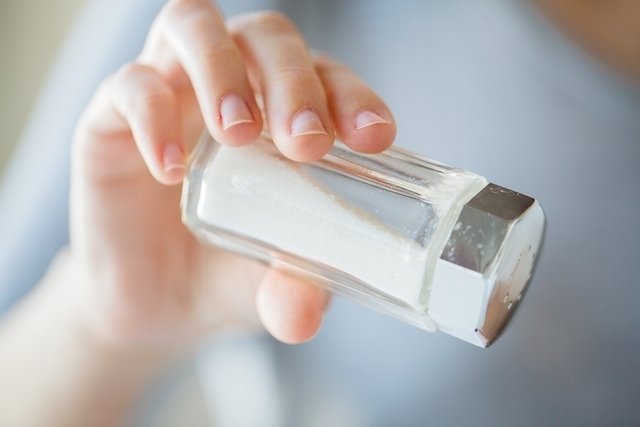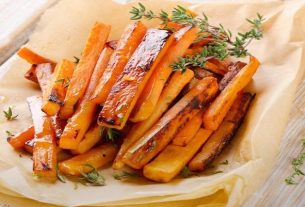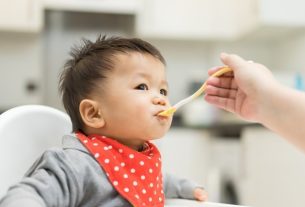The low-iodine diet is usually indicated mainly about 2 weeks before undergoing radioactive iodine treatment, called iodine therapy, for thyroid cancer. However, this diet can also be followed by people who have hyperthyroidism, as avoiding the consumption of foods rich in iodine may reduce the production of thyroid hormones.
In the case of thyroid cancer, some studies indicate that iodine restriction in the diet is necessary so that tumor cells that may have remained after surgery absorb sufficient radioactive iodine during treatment, promoting their destruction and treatment of the disease.
Some of the foods that should be avoided because they are rich in iodine are saltwater fish, seafood and egg yolks, for example.
Foods that should be avoided
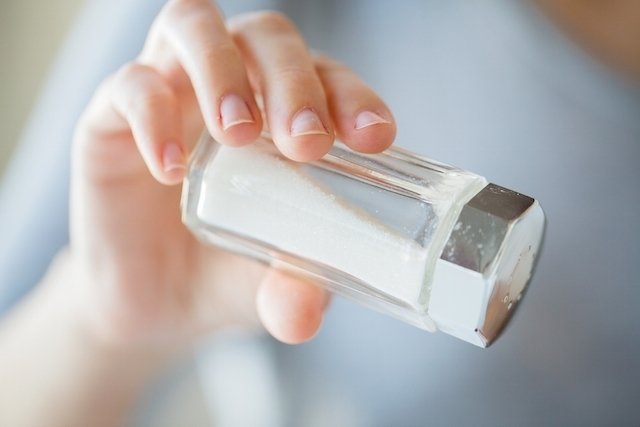
Foods that should be avoided on this diet are those that contain more than 20 micrograms of iodine per serving, including:
- iodized saltit is necessary to look at the label to make sure that the salt does not contain added iodine;
- Industrialized snacks;
- saltwater fish, such as mackerel, salmon, hake, cod, sardines, herring, trout and tuna;
- Begansuch as nori, wakame and seaweed that come with the sushi;
- Natural supplements with chitosanfor example, which is prepared based on seafood;
- Seafood such as shrimp, lobster, shellfish, oyster, squid, octopus, crab;
- Food additives from the seasuch as carrageenans, agar-agar, sodium alginate;
- Processed meat such as ham, turkey breast, mortadella, sausage, sausage, sun-dried meat, bacon;
- Viscerasuch as liver and kidneys;
- Soy and derivativessuch as tofu, soy milk, soy sauces;
- Egg yolkegg-based sauces, ready-made salad dressings, mayonnaise;
- Hydrogenated fat and industrialized products, such as ready-made cookies and cakes;
- Vegetable oils soy, coconut, palm oil, peanut;
- Spices in cubes, ketchupmustard, Worcestershire sauce;
- Milk and derivativessuch as yogurt, cottage cheese, cheeses in general, butter, cream, whey proteincasein and foods containing milk products;
- Candy that contain milk or egg yolk;
- Flours: bread, cheese bread, bakery products in general that contain salt or egg, biscuits and toast that contain salt or eggs, stuffed biscuits and breakfast cereals;
- Fruits canned or in syrup and powdered or industrialized juice;
- Vegetables: watercress, celery, Brussels sprouts, cabbage and canned goods, such as olives, hearts of palm, pickles and corn;
- Drinks: mate tea, green tea, black tea, instant or soluble coffee and cola-based soft drinks;
- Dyes: avoid processed foods, pills and capsules in red, orange and brown colors.
Furthermore, it is important to avoid going to restaurants or consuming fast food, as it is difficult to know whether iodized salt was used or not when cooking. These are not prohibited for life, only during treatment. In the case of hyperthyroidism, they should be consumed infrequently while the disease is present and thyroid hormone levels are altered.
Foods for moderate consumption
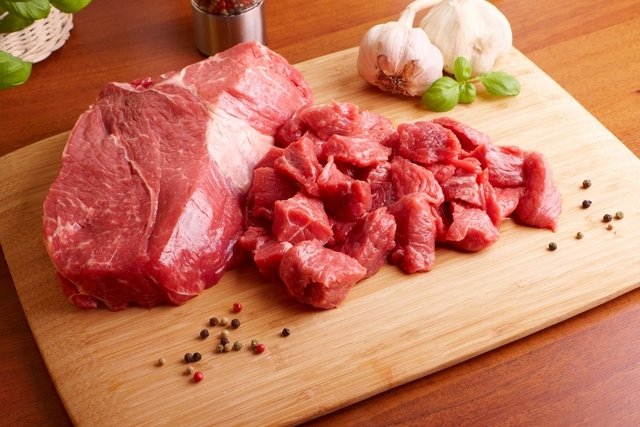
These foods contain a moderate iodine content, ranging from 5 to 20 micrograms per serving.
- Fresh meats: up to 170 g per day of meats such as chicken, beef, pork, sheep and veal;
- Grains and cereals: unsalted bread, unsalted toast, crackers, eggless pasta, rice, oats, barley, flour, corn and wheat. These foods should be limited to 4 servings per day, with each serving equivalent to approximately 2 bites of pasta or 1 loaf of bread per day;
- Rice: 4 servings of rice per day are also allowed, with the best variation being basmati rice. Each serving has about 4 tablespoons of rice.
The iodine content in these foods varies depending on where they are grown and how they are prepared for consumption, and it is always more advantageous to cook and produce meals at home rather than eating out or buying ready-made food at the supermarket.
Allowed Foods
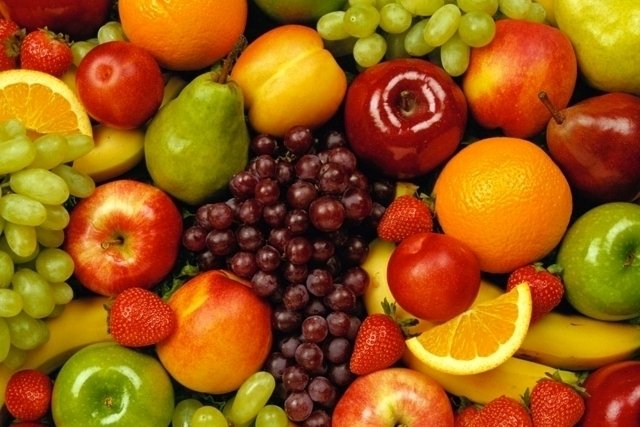
To replace prohibited foods during iodine therapy treatment, you should prefer the consumption of the following foods:
- Non-iodized salt;
- Freshwater fish;
- Egg white;
- Raw or cooked vegetables, with the exception of the vegetables mentioned in the previous list;
- Legumes: beans, peas, lentils, chickpeas;
- Fats: corn oil, canola oil, sunflower oil, olive oil, unsalted margarine;
- Candy: sugar, honey, jelly, gelatin, candies and fruit ice creams without red dye;
- Spices: garlic, pepper, onion, parsley, chives and fresh or dehydrated natural herbs;
- Fruits fresh, dried or natural juices, except maraschino cherries;
- Drinks: non-instant coffees and teas, soft drinks without red dye #3;
- Nuts unsalted, unsalted cocoa or peanut butter;
- Other foods: oatmeal, porridge, avocado, flaxseed or chia seeds, homemade unsalted popcorn and homemade bread.
These foods are those that can be consumed in the two weeks prior to the iodine therapy treatment, or according to the time recommended by the doctor.
Iodine-free diet menu
The following table provides an example of a 3-day diet menu to prepare for iodine therapy:
The quantities on the menu vary from one person to another, as age, sex, physical activity and the objective of the treatment must be taken into account and, therefore, it is important that the nutritionist is consulted so that an appropriate nutritional plan can be drawn up. to your needs.
See more about other radiotherapy care.
Check out these and other tips in the following video:
Bibliography
- AMERICAN THYROID ASSOCIATION. Low Iodine Diet. Available at: <https://www.thyroid.org/low-iodine-diet/>. Accessed on March 5, 2020
- DOBRENIC Margareta, HUIC Drazen et al. Usefulness of low iodine diet in managing patients with differentiated thyroid cancer – initial results. Journal of Radiology and Oncology. 45. 3; 189-195, 2011
- COZZOLINO Silvia. Bioavailability of nutrients. 4th. Brazil: Manole Ltda, 2012. 767-794.

Sign up for our newsletter and stay up to date with exclusive news
that can transform your routine!
Warning: Undefined array key "title" in /home/storelat/public_html/wp-content/plugins/link-whisper-premium/templates/frontend/related-posts.php on line 12
Warning: Undefined array key "title_tag" in /home/storelat/public_html/wp-content/plugins/link-whisper-premium/templates/frontend/related-posts.php on line 13

